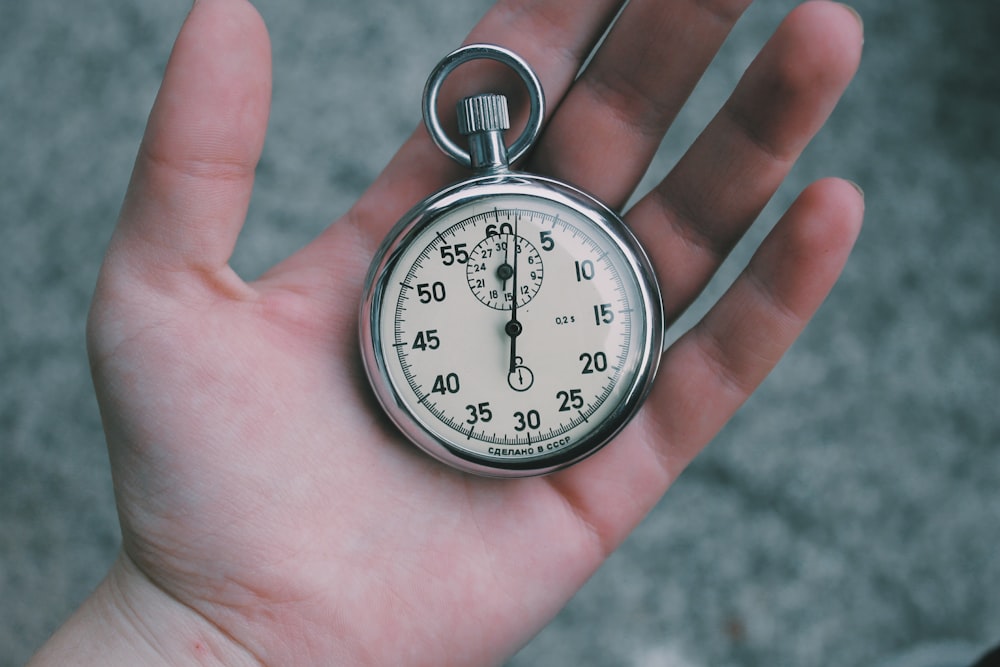目次
歩行速度の測定は基本に忠実に
理学療法士・作業療法士であれば歩行速度を測定する機会は多いと思います.
歩行速度の測定にはさまざまな注意点がありますが,例えば歩行距離ってどうなのでしょうか?
やはり10mが妥当なのでしょうか?
またスタートの方法ってどういった方法が信頼性が高いのでしょうか?
今回は歩行速度を正確に測定するうえで参考になる論文をご紹介させていただきます.

今回ご紹介する論文
Physiother Theory Pract. 2020 Dec;36(12):1348-1353. doi: 10.1080/09593985.2019.1570577. Epub 2019 Feb 1.
Influence of timing protocols and distance covered on the outcomes of the 10-meter walk test
Sugalya Amatachaya PT, PhD 1 2, Mipattra Kwanmongkolthong PT, BSc 1, Aungsana Thongjumroon PT, BSc 1, Nuttaklitta Boonpew PT, BSc 1, Pipatana Amatachaya ME, PhD 2 3, Wilairat Saensook PT PhD 1 2, Thiwabhorn Thaweewannakij PT, PhD 1 2, Torkamol Hunsawong PT, PhD 1 2
Affiliations expand
PMID: 30704332 DOI: 10.1080/09593985.2019.1570577
今回ご紹介する論文は2020年に掲載された論文です.
研究の背景
Background: The 10-meter walk test (10MWT) is commonly used to reflect a walking speed, health status, and functional ability of many individuals. However, the test is currently applied using various timing protocols and distance covered that may affect data interpretation with a standard value, and comparisons among the studies.
10m歩行テスト(10MWT)は多くの個人の歩行速度,健康健康状態,機能的能力を反映するために一般的に使用されます.
しかし現在このテストは様々なタイミングプロトコルやカバー距離で適用されており,標準値によるデータの解釈や研究間の比較に影響を与える可能性があります.
研究の目的
Objective: This study investigated the influence of timing protocols and distance covered on the outcomes of the 10MWT in 78 participants who walked at various speeds, including healthy adults (n = 33), healthy elderly (n = 29), and clinical samples with impaired walking ability (walked slower than 0.8 m/s, n = 16).
この研究では健常成人(n=33),健常高齢者(n=29),歩行能力に障害のある(0.8m/sより遅い歩行,n=16)を含む様々な速度で歩行する78例を対象として,タイミングプロトコルや歩行距離が10m歩行テストの結果に及ぼす影響について明らかにすることを目的としております.
研究の方法
Methods: The participants were timed while they walked (1) over a 10-meter walkway using static and flying starts; and (2) over 4 and 10 meters using a flying start. The comparisons for outcomes of the timing protocols (static and flying starts), and distance covered (4 and 10 meters) for each group of participants was executed using the dependent samples t-test.
対象者は(1) 10mの歩道上をスタティックスタートとフライングスタートで,(2) 4mと10mをフライングスタートで歩きながら削高低を行っております.
各グループのタイミングプロトコル(スタティックスタートとフライングスタート)の結果と,4m歩行・10m歩行の比較には対応のあるt検定が用いられております.
研究の結果
Results: A walking speed using a static start was slower than that using a flying start approximately 0.05-0.11 m/s for each group (p < 0.001). On the contrary, the outcomes of a flying start over 4 and 10 meters showed no significant differences (p > 0.05).
静的スタートの歩行速度はフライングスタートの歩行速度よりも,各群で約0.05~0.11m/s遅い結果でありました(p<0.001).
一方で4mおよび10mの距離でのフライングスタートの結果は,有意差を認めませんでした(p > 0.05).
研究の結論
Conclusions: The findings clearly confirmed the influence of timing protocols on the outcomes of the 10MWT in individuals with various walking speeds, and a flying start over 4 meters in the middle of a 10-meter walkway can be applied as an alternative protocol of the 10MWT when area limits.
この研究の結果から様々な歩行速度を持つ個人において,タイミングプロトコルが10m歩行テストの結果に影響を与えることが明確に確認され,10m歩道の中央で4mを超えるフライングスタートは,歩行距離に制限がある場合の10m歩行テストの代替プロトコルとして適用可能であることが示されました.
今回は歩行速度を正確に測定するうえで参考になる論文をご紹介させていただきました.
今回の結果から考えると歩行路を確保できない場合には4mでもOKだといえますね.
また歩行スタートのタイミングは静的スタートではなくフライイングスタート,つまり助走路を設ける形式での測定がよさそうですね.
0.05~0.11m/sも結果が変わってしまうというのは驚きですね.






